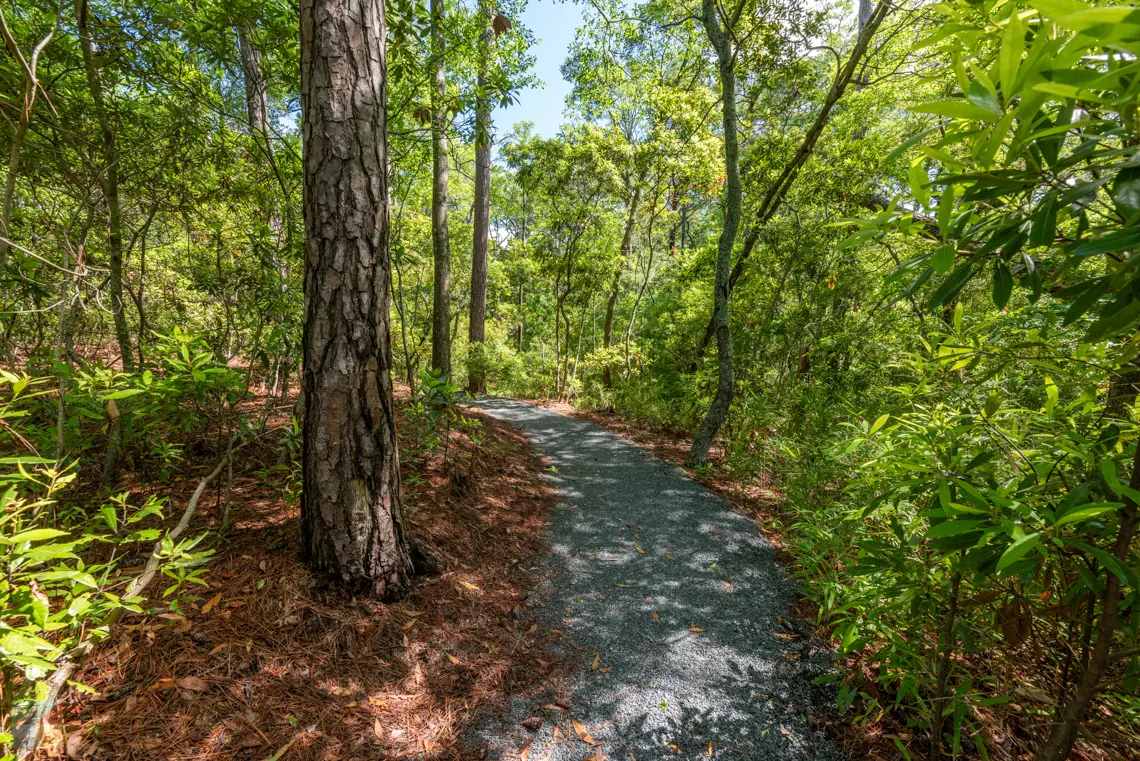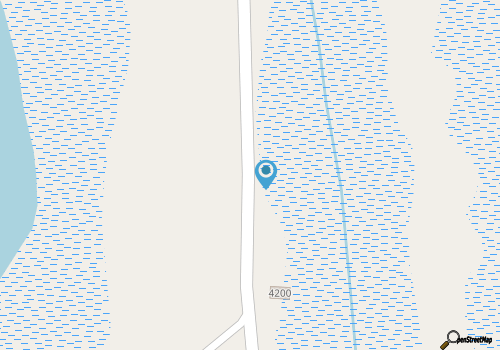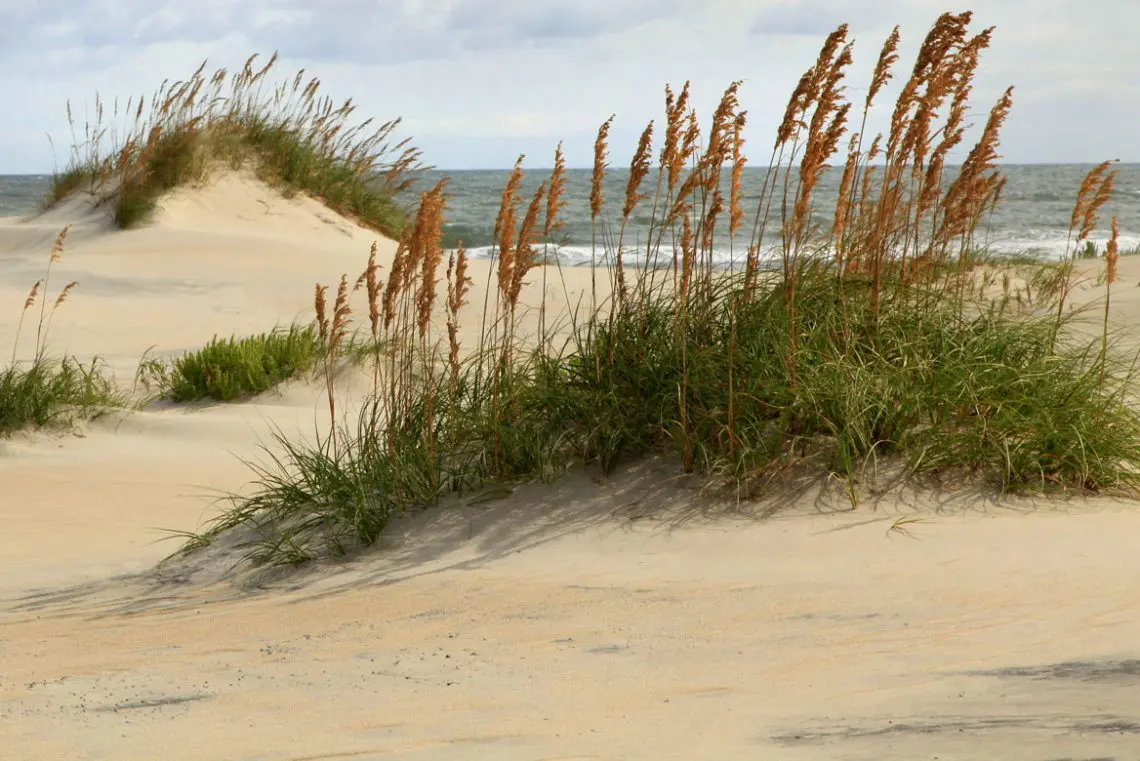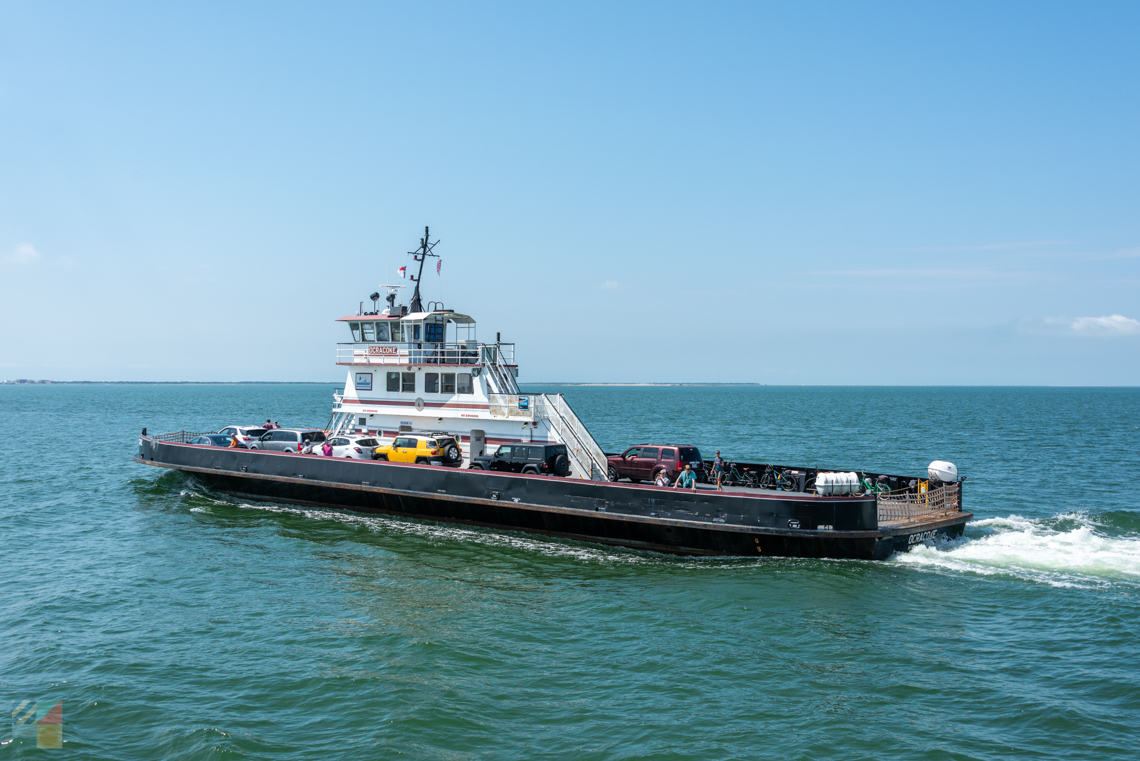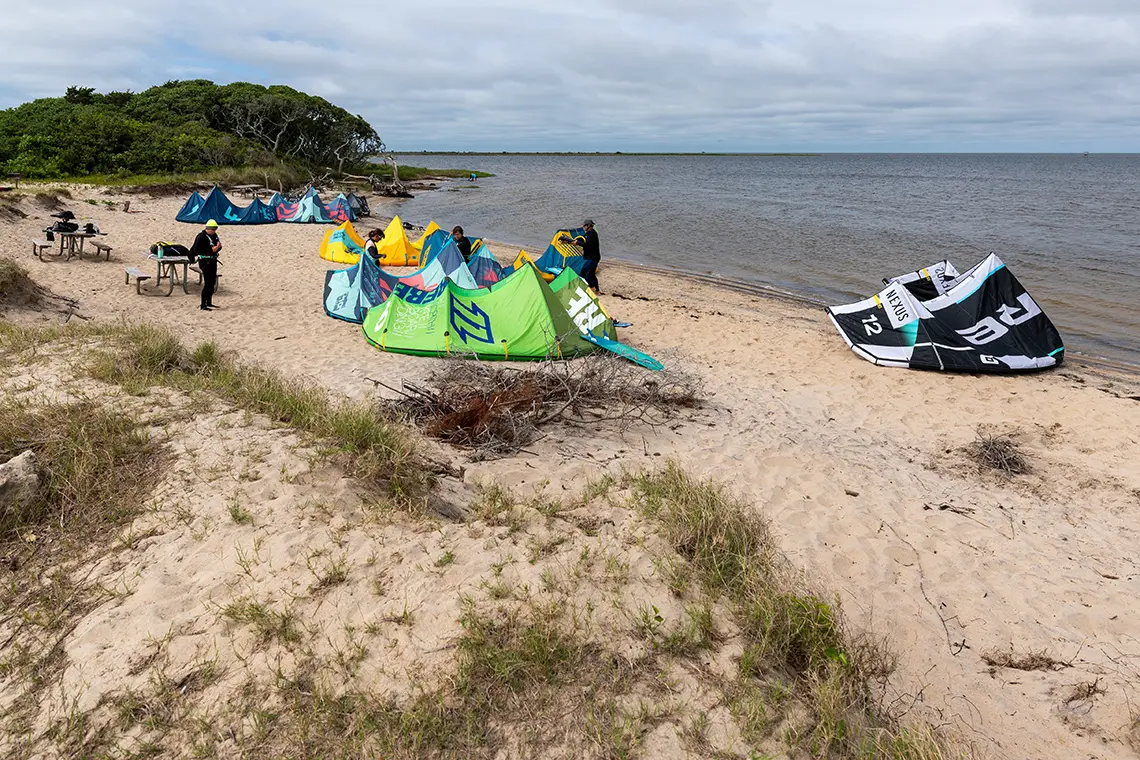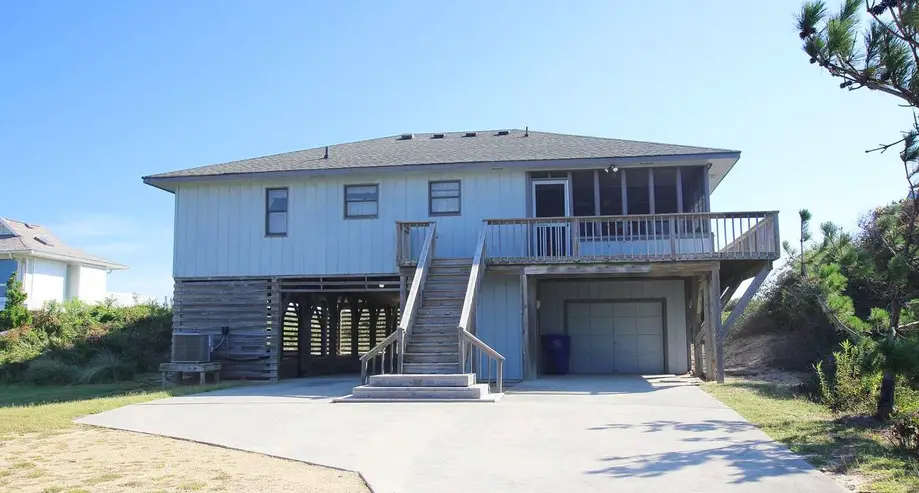Kitty Hawk Woods Guide:
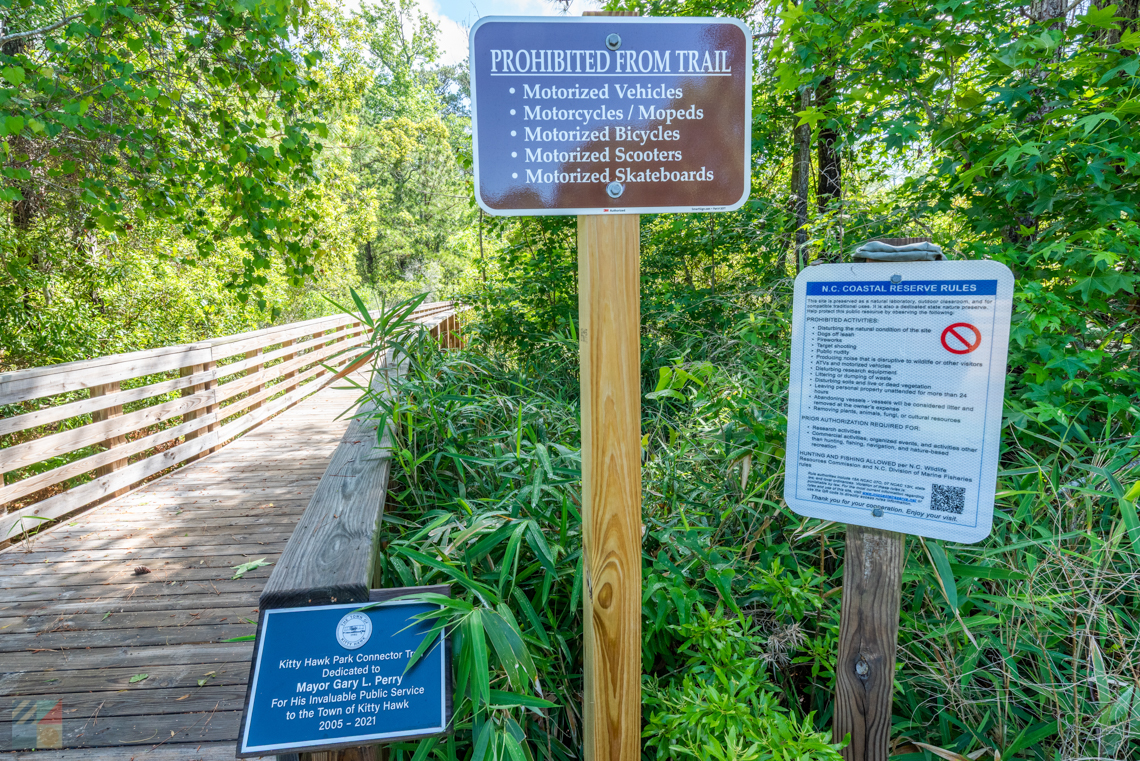
The Kitty Hawk Woods Reserve is a large parcel of maritime forest, marshes, and even brackish swamplands that border the Currituck Sound. Located well off the main US 158 Bypass and jutting out into both the sound and the Kitty Hawk Bay, the Kitty Hawk Woods Reserve is in fact a cluster of barrier island property as well as small, marshy islands that lay just off the soundside beaches.
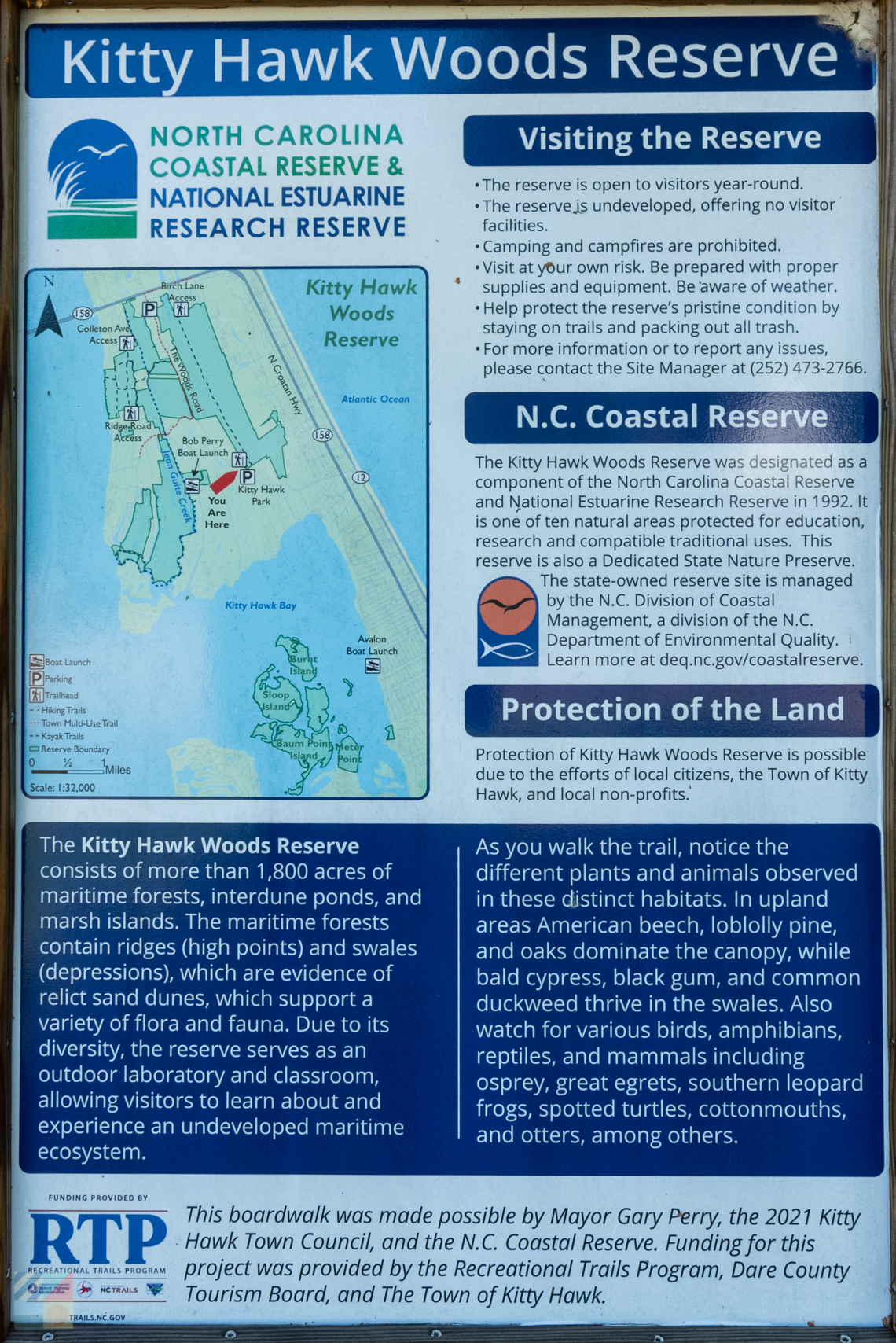
Visitors to the Kitty Hawk Woods Reserve have a number of exploring options. Hiking, birding, fishing and hunting are all popular past times, however this particular reserve is unique in that it is an especially attractive locale for kayakers, stand up paddle boarders, and even windsurfers who can cruise the waters and enjoy unparalleled and private wildlife watching, and incredible sound sunsets. For central Outer Banks vacationers who love a bit of a wild adventure mixed in with the standard Outer Banks beach vacation, a trip to the Kitty Hawk Woods Reserve should definitely be on the agenda.
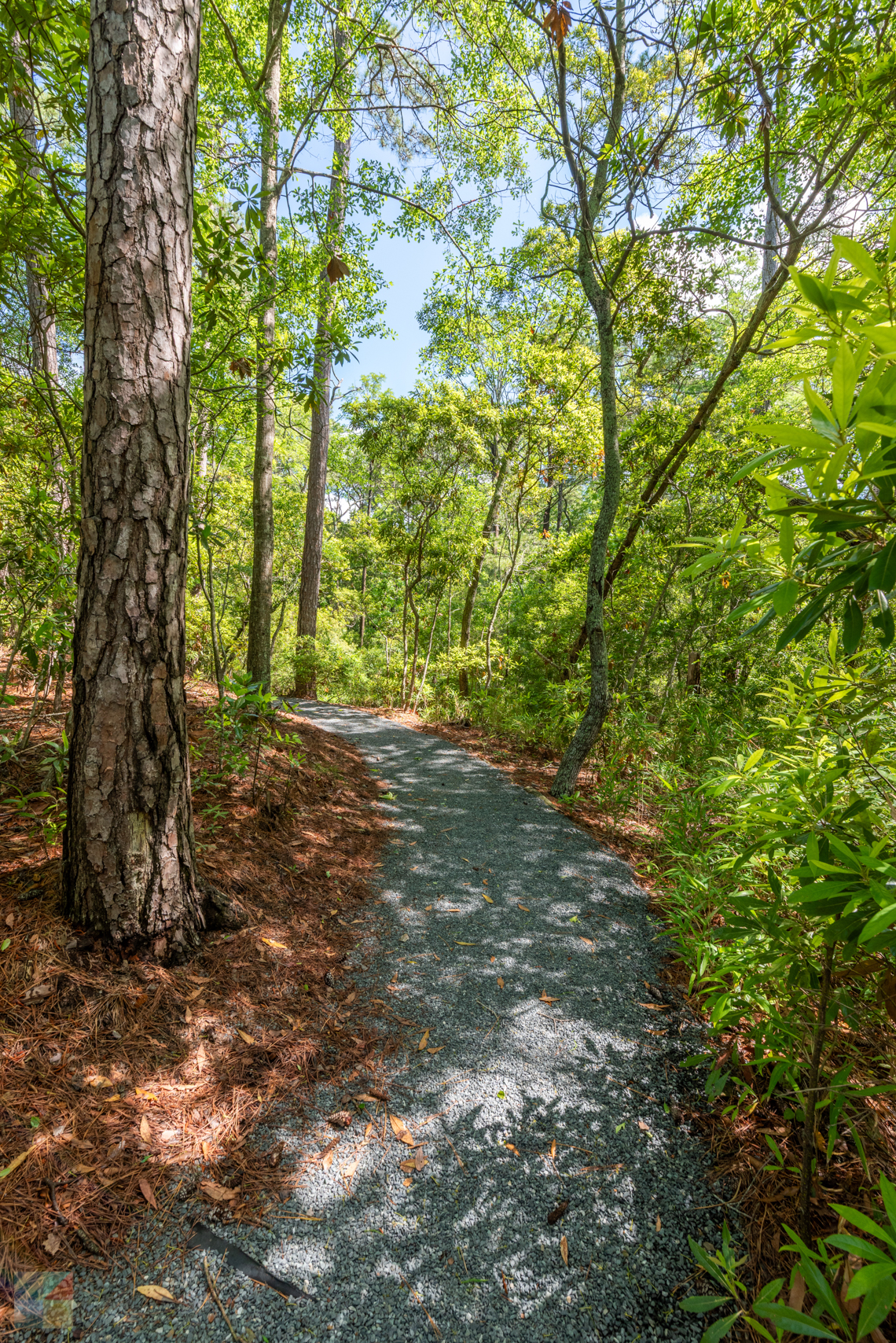
Accessing the Kitty Hawk Woods Reserve
The Kitty Hawk Woods Reserve is bordered to the east by US 158 and on the west by Currituck Sound. The Reserve is bisected by Woods Road. Access the Reserve is via the multiuse path that runs along Woods Road, at various trailheads, or by kayak.
The multiuse path is maintained by the town of Kitty Hawk and can be accessed by two small parking lots, one located at David Paul Pruitt Park (next to Dominion Power) and the other at Sandy Run Park. From the path, visitors can walk, run, or bike along the edge of the Reserve.
There are also a number of trails that lead into the Reserve. Trailheads for hiking, biking and horseback riding can be found at the end of Birch Lane, Ridge Road, and also at the junction of Amadas Lane and Colleton Ave. Parking at these trailheads is in the public right of way. Please respect private property as these trailheads are located in residential neighborhoods. A number of primitive hiking trails intertwine through the maritime forest, and lead out, eventually, to the Currituck Sound. Visitors are asked to stick to the designated trails and leave nothing behind but footprints (including packing out trash and picking up after your pets and horses). However, the sheer number of trails that veer in and out of the woods will surely keep even the most adventurous explorer occupied! Please also be aware of hunting season which happens in the fall (Sept-Jan) all days except Sunday.
A public boat launch is also located within the reserve, on Bob Perry Road, and can be used to access the small High Bridge Creek (also known as Jean Guite Creek) which flows through the interior of the reserve. Making a right (north) will take you into the Reserve, whereas making a left (south) at the boat ramp will take you into Kitty Hawk Bay. In the bay, boaters can embark on a true adventure and paddle to the cluster of Kitty Hawk Bay Islands, located well outside the parameters of the standard nature trails. These small clusters of islands aren't meant for foot traffic, and comprise mainly of marshes with little to no solid ground to explore. That being said, experienced paddlers with waterproof cameras will find the setting an ideal locale for nature photography, as countless waterfowl and migrating birds literally flock to this area for its sheer isolation. Expect to spot Canadian geese, ducks, ibises, cormorants, ospreys, and even great blue herons hiding out behind the tall masses of marshy grasses. Not for novices, this area is best explored either by kayaking pros, or with the help of an experienced guide. Nature kayaking tours are a popular activity on the Outer Banks, and water tourists will find plenty of avenues to choose from for a thorough sunset expedition through the Currituck Sound.
Hunting is also permitted. Hunters must first obtain both a valid NC State Hunting License as well as a NC Reserve hunting permit, which requires a registration permit in addition to a Kitty Hawk Woods specific request form. Both forms can be picked up and dropped off at the NC Coastal Reserve office in Kitty Hawk, or online at http://www.nccoastalreserve.net/About-The-Reserve/Reserve-Sites/Kitty-Hawk-Woods/82.aspx. Hunters must report all kills, and are requested to participate in a coastal studies survey which helps the NC Coastal Reserve preserve the Kitty Hawk Woods Reserve.
The Landscape of the Kitty Hawk Woods Reserve
Every reserve and refuge along the Outer Banks has its own unique set of geographic features, and the Kitty Hawk Woods Reserve is no exception to this rule. Visitors who dare to travel deep in the woods will be surprised to encounter ancient dune ridges, dating back thousands of years, and standing up to 30 feet tall in the air. Because of their age and location deep in the maritime forest, the small ponds and pools that surround these sand dunes are mainly fresh water, making it a unique habitat on a global scale - a combination of sand dunes with little to no salt water nearby.
The reserve itself is located on the widest section of the northern Outer Banks, but despite this fact, the site's eastern edge is only .25 miles away from the ocean, making areas of the reserve still vulnerable to salty winds. The Currituck Sound on the western side is actually dominantly freshwater, having been severed from the ocean for well over a hundred years. As the northern inlets closed up, the Currituck Sound was essentially cut off from the salty influence of the ocean in the process, and as such has lost a lot of its salinity. This adds to the unusual nature of the reserve, as relatively few sounds, particularly one as large as the Currituck Sound, ever make the gradual transition to a freshwater body of water.
With these factors in mind, visitors to the reserve will find three main habitats: Maritime Deciduous Forest, Maritime Swamp Forest, and Marsh and Creek habitats.
The Maritime Deciduous Forest grows on those ancient dune ridges, and provides a canopy of protection from the salty winds for the animals and plants that live in this habitat. Towering trees can be found in this area of the Kitty Hawk Woods Reserve, including American beech trees, loblolly pines, southern red oaks, hickory trees, sweet gums, and water oaks. The deep root system of these trees also help purify storm water, and stabilize the soils, creating a protective canopy for the species living below.
Seasonal visitors may also notice a number of other flowering or unusual native Outer Banks trees in this virtually salt-free area, including flowering dogwoods, American holly trees, red bays, and sassafras. In addition, a number of bushes and vines also thrive in these deep woods, such as wax myrtles, high bush blueberries, muscadine vines, and Virginia Creeper vines.
The Maritime Swamp Forest portions can be found nearby, in the lower, moist swales (or valleys) in between the tall dune ridges. Some of these broader valleys can be saturated with water throughout the year, making them occasionally tricky areas to navigate. Here, visitors will find sweet gums, red maples, and lots of bald cypress trees - the dominant foliage in the area.
Both brackish and freshwater marshes can be found within the reserve, as well as small creeks and estuaries intermixing with the forests. Along the brackish, or salty marshes, vacationers will notice acres and acres of Black needlerush and giant cordgrass, while the freshwater marshes are more varied and can feature cattails, willows and wax myrtles.
The reserve is also home to 7 rare and unusual plant varieties, which are listed as protected by the state of North Carolina: coastal goldenrod American featherfoil, wooly beach heather, southern twayblade, marsh pink, shoreline sedge and wisk fern. Budding horticulturists are encouraged to keep an eye out for these rare species, as well as Hop Hornbeams, which are found in the Maritime Deciduous Forest portions of the reserve, and can only be found in this small area of the Outer Banks.
Wildlife in the Kitty Hawk Woods Reserve
Given the range of habitats and their unusual nature, it's no surprise that hundreds of different species thrive in the variety of different environments the Kitty Hawk Woods Reserve has to offer.
The wet, marshy areas support a number of different amphibians, including the striking southern Leopard frog, the Fowler's toad, several different types of tree frogs, and two kinds of salamanders - the red-backed salamander and the marbled salamander.
In the drier, woodsy areas, as well as the wetter creekside, turtles abound, including the striped mud turtle, the snapping turtle, and the spotted turtle. Snakes are also a part of the reserve habitat, and water snakes, Black racers, and rough green snakes can be occasionally found in certain areas. While the sheer variety of reptiles in the reserve may scare off a handful of vacationers, generally, all the critters in the Kitty Hawk Woods are shy and rarely approach or are even noticed by human visitors.
Birds also adore the Kitty Hawk Woods Reserve, as the wide forest canopy provides endless protection from predators, as well as a lush habitat. In the maritime forests, visitors may spot hawks, owls, woodpeckers, warblers, wrens, and a number of different songbirds that call these areas home.
The marshes and creek beds are filled with a number of different water-loving birds as well, including ducks, kingfishers, ospreys, and even bald eagles who nest in towering cypress trees. Migrating waterfowl also make a temporary stop along this portion of the Atlantic Flyway, so avid birders are encouraged to visit the reserve at various seasons to see what new residents have arrived.
As for mammals, the upland dune ridges support eastern gray squirrels, cottontail and marsh rabbits, opossums, raccoons, gray foxes and even a handful of bobcats. Muskrats, river otters, and nutrias can be spotted playing in the creeks and marshes around the reserve, and white-tailed deer can be found just about everywhere. In-season hunting is a popular winter activity in the reserve, as the area provides ideal hunting grounds for deer and other small game located virtually in the heart of the busy Outer Banks.
Tips and Tricks for visitors to the Kitty Hawk Woods Reserve
- For a truly unusual excursion, try exploring the reserve via a small skiff or kayak. With a free public boat ramp located conveniently in the heart of the Kitty Hawk Woods Reserve, mariners will find an exceptional route that begins at the northern portion of High Bridge Creek, and eventually winds all the way to the Currituck Sound
- Visitors of all seasons are always welcome, as the reserve is open to the public year round. For a whole new perspective of the Outer Banks, consider an off-season fall, winter or spring trip. Visitors will find cooler temperatures, scores of migrating birds, and hardly any mosquitos.
- Speaking of mosquitos, be sure and load up on the bug spray, particularly in the summer months. Mosquitos and black biting flies love the marshy areas of the Outer Banks, and equally love the visitors that explore them.
- Pets are allowed on the reserve, provided they are on a leash and owners clean up after them as needed. Fires, littering, target shooting, and ATVs are not allowed, however, and the reserve advises visitors to not take anything out, and not leave anything behind.
- There are a handful of poisonous snakes and venomous plants, specifically poison ivy, located within the reserve. While attacks of either are extremely rare, visitors are still encouraged to be aware and use caution.
- The reserve office is located nearby, at 983 West Kitty Hawk Road, and visitors are encouraged to stop by to pick up reserve brochures, ask questions and obtain information, learn about current wildlife studies projects, and even volunteer. The reserves on the Outer Banks are dominantly maintained by both visiting and local volunteers, and everyone is welcome to stop by or inquire online about available positions.
- Hikers who love to try something new or seasoned Kitty Hawk Woods Reserve visitors who would like to discover other habitats of the Outer Banks are encouraged to get out and explore. There are several refuges and reserves located all along the Outer Banks, including the Buxton Woods Reserve and Pea Island National Wildlife Refuge on Hatteras Island, the Alligator River National Refuge on the Dare County Mainland, and the Currituck Banks Reserve located just 15 miles north on the outskirts of Corolla. Nature lovers will be well-served by making a literal "field trip" to all the natural refuges, parks and reserves the OBX has to offer.
It might be hard for Outer Banks newcomers to imagine a quiet, woodsy nature reserve hidden and tucked away behind the attractions, restaurants, and popular summer beaches of Kitty Hawk. However, both observant and adventurous vacationers will find a series of rustic nature trails, bike paths, and exceptional kayaking locales right outside their backdoor, if not right around the corner.
On your next Outer Banks vacation, take a quiet break from the hustle and bustle of the beaches, and spend a little time exploring the incredible landscapes of the Kitty Hawk Woods Reserve. Located just yards away from popular OBX attractions, but truly a quiet natural world all its own, the Kitty Hawk Woods Reserve is the perfect respite for visitors who want to enjoy the natural setting of the Outer Banks that makes it a truly one-of-a-kind vacation destination.
The History of the Kitty Hawk Woods Reserve
The reserve, along with a handful of other large parcels on the outskirts of Corolla, in Buxton, and along Hatteras Island, is a result of a concentrated effort by local, statewide and national governments to protect and preserve some of the Outer Banks' most fragile coastal environments.
For centuries, the central Outer Banks was comprised by branches of the Algonquin tribes, and the rare small fishing and sustenance farming community that popped up along the soundside. (Remnants of these small but successful villages, which had all but disappeared by the early 1900s, can still be spotted in Nags Head Woods located just 15 miles away.)
In fact, virtually no outsiders except for the occasional adventurous beach-going tourist had heard of Kitty Hawk, until the Wright Brothers put the little beach town on the map. In 1903, after several years of testing and residing in the small town of Kitty Hawk, the Wright Brothers successfully flew the first airplane in neighboring Kill Devil Hills. This event put Kitty Hawk on the national radar, as the two towns were routinely mixed up in being called the actual "birthplace of flight," (a confusion that still lingers on today.)
After that groundbreaking event, tourism in the central Outer Banks began to increase, gradually at first, but then rapidly increasing as more and more East Coast vacationers discovered the beauty of the OBX. By the 1970s, the oceanfront parcels of Kitty Hawk had been transformed into a bustling resort community, and the soundside, which was overrun with dense maritime forests, marshes, and swamps, was gradually beginning to be developed as well, with soundfront vacation homes and primary residences being erected in new communities and developments along the west side of the island.
Happy with the growth, but wanting to ensure the natural wildlife that attracted visitors in the first place didn't get lost in the process, the Town of Kitty Hawk and the North Carolina Coastal Reserve partnered together in the mid to late 1980s to reserve a section of the Kitty Hawk Woods landscape as a natural, and undeveloped, attraction for visitors as well as a protected habitat for hundreds of species. Through town and local donations, the reserve was officially established and dedicated in 1992, and today the area encompasses 1822 acres of dense woods, sandy soundfront, and just-barely-navigable islands collected in the Currituck Sound. (The town of Kitty Hawk, with a conservation easement with the state, personally owns 461 of these acres.) Thanks to extensive efforts, generations of vacationers can enjoy the original wild landscape of the Outer Banks for years and years to come.
Visitors to Hatteras and Ocracoke Islands will simultaneously be visiting the gorgeous Cape Hatteras National Seashore. One of the largest preserved parcels of the Outer Banks, the National Seashore stretches across 70 miles of shoreline...
Decades ago, one of the only ways to access some of the most secluded areas of the Outer Banks was via a ferry, and this tradition carries on today for thousands if not millions of visitors who want to travel to some of coastal North Carolina's most...
Located just South of Salvo proper, the Salvo Day Use Area provides a peaceful haven for families, beachgoers, and watersports lovers. This park offers the perfect backdrop for taking in the Outer Banks' rich history and natural beauty. Everyone may...
Located in Southern Shores/ 3 Bedrooms/ 2 Full BathroomsThis gorgeous 3 bedroom Oceanfront rental home will be sure to please the entire family! This home offers your family handsome, unobstructed ocean vistas and your very own private walkway to...
